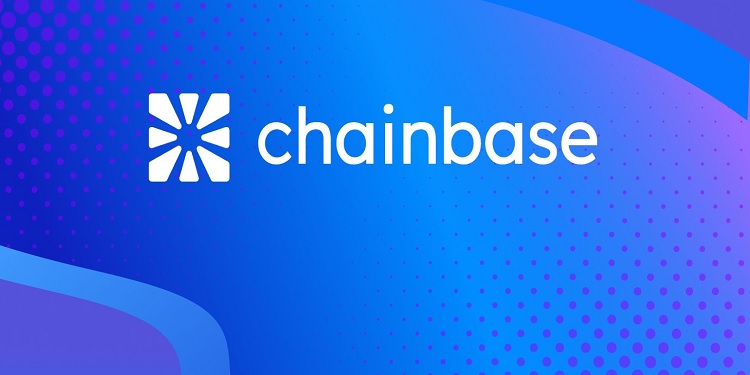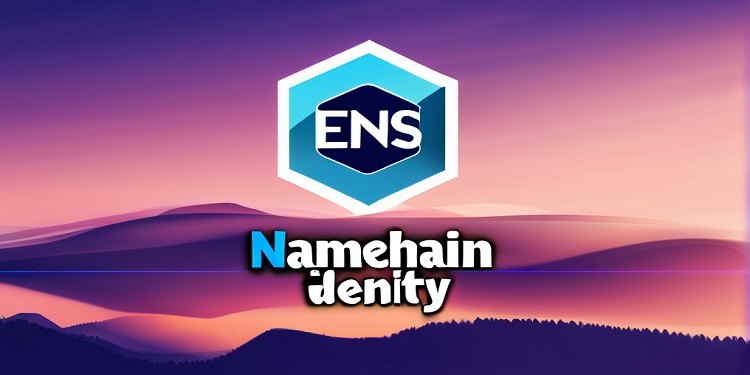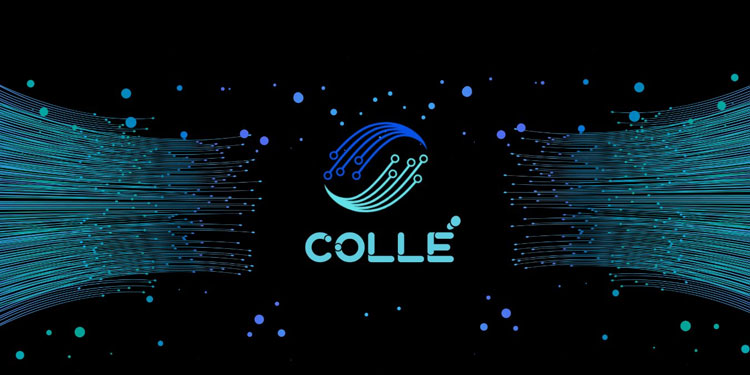Eclipse has launched a groundbreaking Ethereum-Solana hybrid blockchain, marking the first Ethereum Layer-2 (L2) network powered by Solana’s technology. By integrating the capabilities of both ecosystems, Eclipse aims to enhance transaction speed and reduce costs on Ethereum through Solana’s Solana Virtual Machine (SVM). This development highlights the network’s potential to streamline operations by bundling multiple transactions and settling them on Ethereum’s mainnet, a process common to other L2 networks but now amplified by Solana’s efficiency.
Before its official launch, Eclipse secured over $65 million in funding, attracting notable interest from major investors. This substantial backing underscores the confidence in the platform’s ability to deliver innovative solutions within the blockchain space.
Public mainnet is live with over 60 apps and service providers on day one.
Explore and participate in our ecosystem at https://t.co/i5CyG67nVU. pic.twitter.com/r6frGsRwIH
— Eclipse (🐮,🌑) (@EclipseFND) November 7, 2024
Early Adoption and Ecosystem Growth
Eclipse has already gained traction with several high-profile projects committing to its network. Among these are Orca, an automated market maker, and Save, a lending protocol, both of which are set to leverage Eclipse’s capabilities. In total, the platform launched with 60 decentralized applications (DApps) spanning various sectors, including decentralized finance (DeFi), gaming, and consumer applications.
The company emphasizes that its goal is to empower developers from both Ethereum and Solana ecosystems to build and scale their applications more effectively. By enabling interactions between Ethereum-based and native Solana applications, Eclipse delivers a seamless experience that bridges two of the blockchain industry’s most prominent networks.
Get started by bridging ETH to Eclipse on https://t.co/4Jxz0YrUK8.
You can bridge back at any time with withdrawals now enabled. pic.twitter.com/VTDktXDBUx
— Eclipse (🐮,🌑) (@EclipseFND) November 7, 2024
Strong Financial Backing and Initial Challenges
The project’s financial foundation was strengthened earlier this year with a $50 million Series A funding round led by Placeholder and Hack VC. This round was part of a larger $65 million fundraising effort that also saw participation from notable figures, including Solana co-founder Anatoly Yakovenko, Helius CEO Mert Mumtaz, and blockchain analyst ZachXBT.
Despite its promising start, Eclipse faced a significant internal challenge earlier in the year when its former CEO, Neel Somani, resigned in May following allegations of sexual assault. While no formal charges were filed, the incident drew attention and led to a leadership change.
A New Chapter for Blockchain Innovation
Eclipse’s innovative approach to combining Ethereum’s vast ecosystem with Solana’s technological strengths is expected to drive new opportunities for developers and users alike. The hybrid model not only enhances the performance of Ethereum-based applications but also broadens the scope for decentralized solutions across industries.
As the platform moves forward, it aims to solidify its position as a leader in blockchain innovation, leveraging its strong financial backing and early adoption by major projects. With its focus on uniting two powerful blockchain ecosystems, Eclipse is poised to redefine how developers build and scale applications in the decentralized space.









